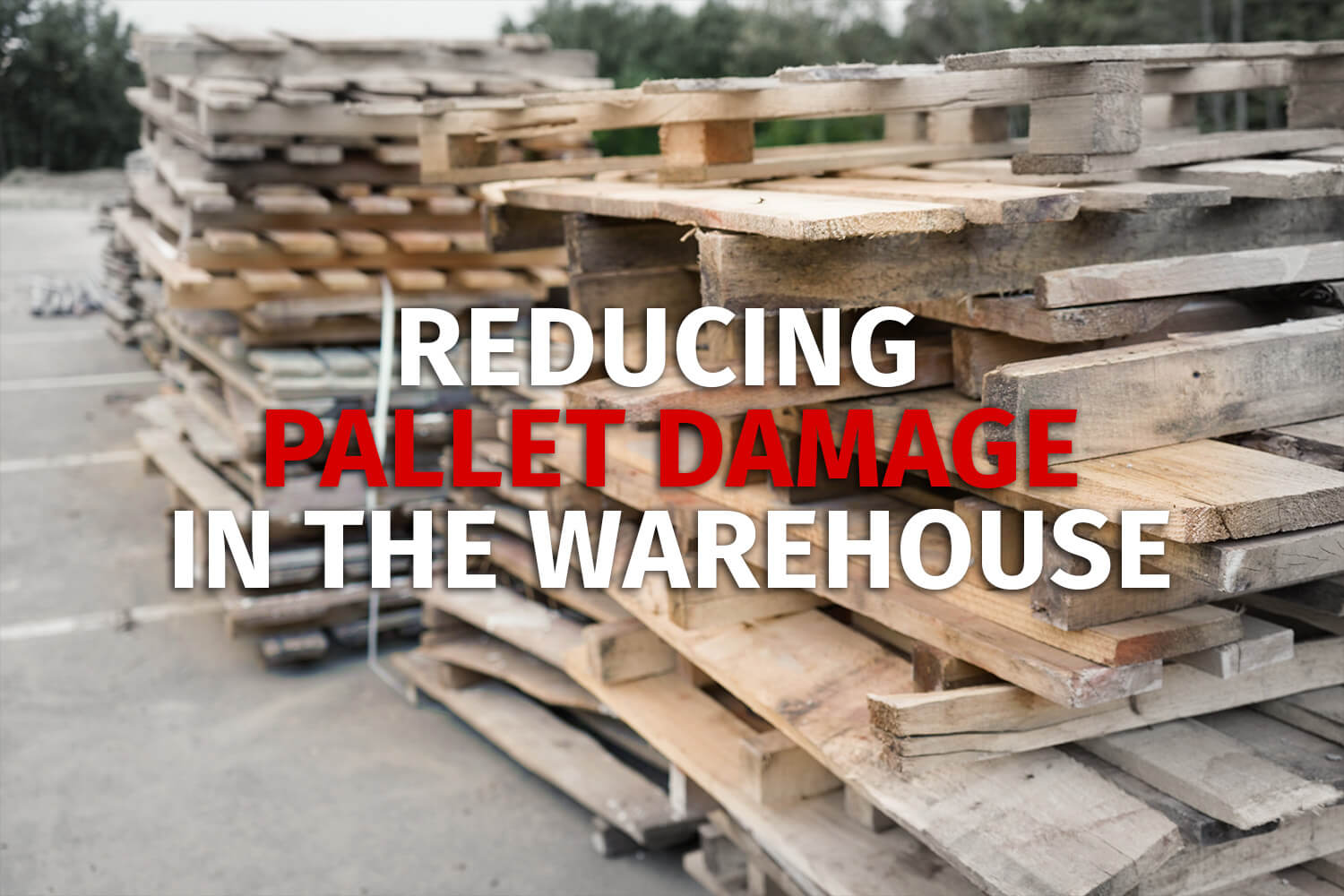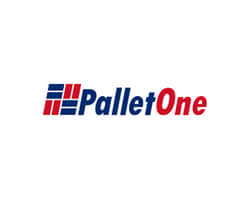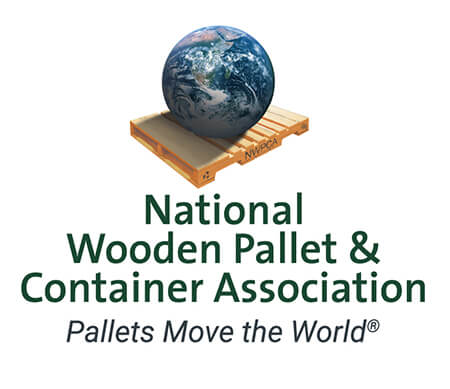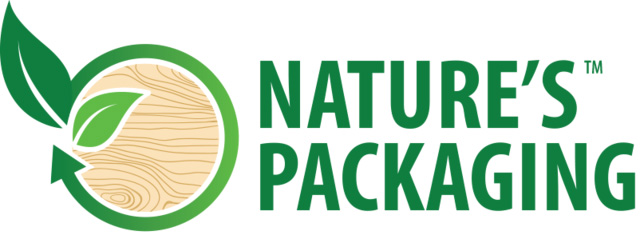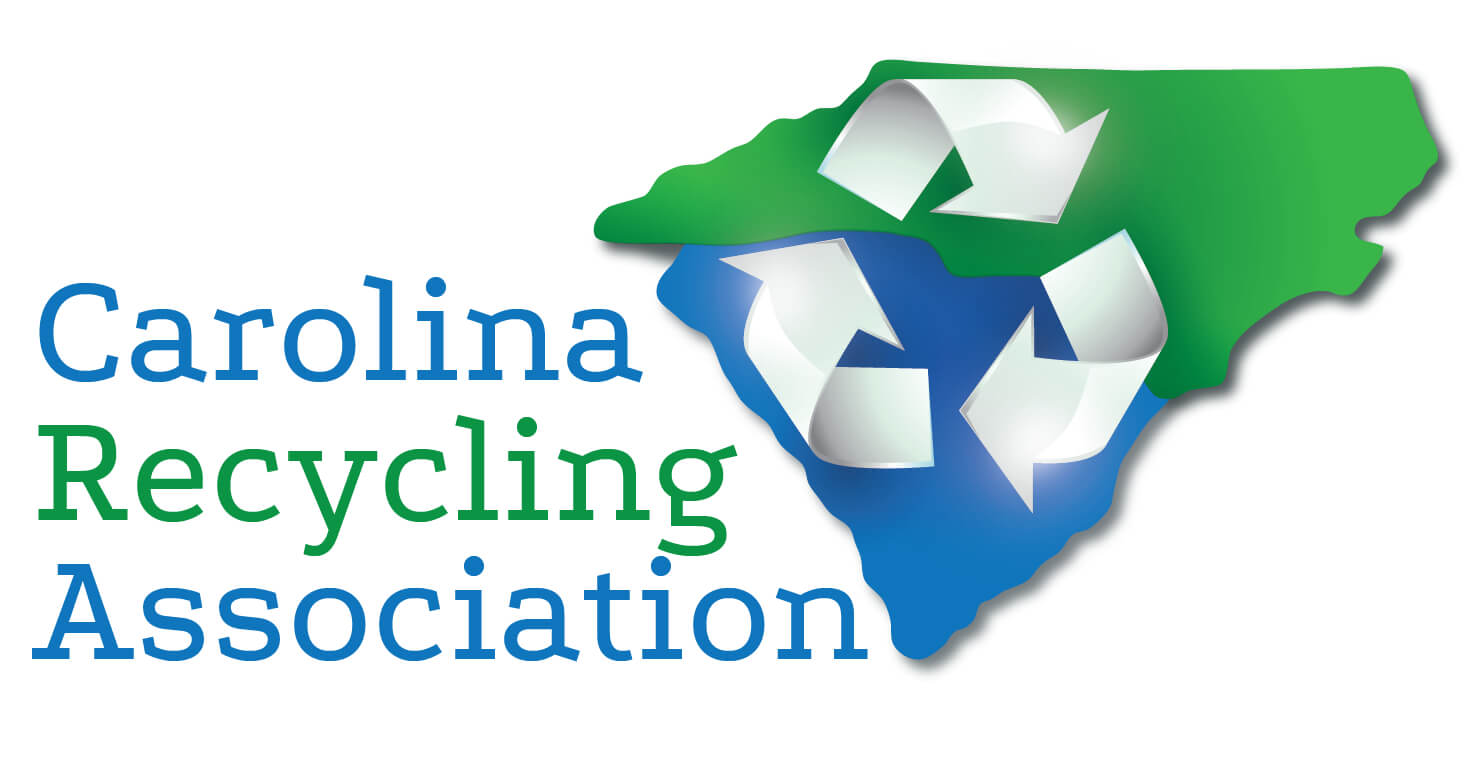Productivity is in the DNA of a warehouse. It is embedded in the reporting metrics such as pallets received per hour, pallets put away per hour, or pallets loaded per hour. Facilities and teams are assessed on throughput, and pallet damage has long been looked at as simply a cost of doing business.
Times are changing, however. Companies are experiencing higher pallet prices and tight supply. They are now being viewed as assets rather than disposable items tasked with simply getting orders out the door on time. Beyond that, companies are becoming mindful that pallets damaged in the quest for throughput speed can result in other costly problems downstream in the supply chain. Think about a pallet with bottom board damage hung up in storage equipment at a critical time of day, or handling equipment damaged by pallet debris. There is also the increased risk of injury to workers and product damage. Taking shortcuts to save time in pallet handling can easily prove to be false economy.
Here are nine tips for reducing equipment operator damage to pallets:
Slow down before pallet entry
As mentioned above, the lead boards are the first line of defense against the forklift, and the majority of wood pallet damage takes place at pallet entry points when the forklift contacts the pallet with force.
Ensure precise fork placement
Aside from the force of impact, slowing down immediately before entry allows the operator the opportunity to place them more accurately. Misaligned fork tips can damage pallet blocks or stringer ends.
Keep forks level
Make sure that forks are horizontal when picking up unit loads from the floor. If forks are on an incline, the stresses on the pallet’s top deck boards will not be uniformly distributed, increasing the probability of damage.
Adjust fork spread depending on the load
For facilities utilizing a variety of pallet sizes, operators should adjust fork spread as needed to ensure safety and minimize stresses to the pallet.
Avoid short forking
Short forking is a warehousing term for only entering the pallet partway with the forks. As in the case above, short forking results in uneven stresses and increases the likelihood of pallet damage.
Lift pallets to turn them rather than spinning
On a busy loading dock, it is not uncommon to see employees spin pallets with a forklift or pallet jack to change the direction of entry, rather than taking a moment to lift and turn them. The localized force applied to the end of the stringer when spinning a pallet can result in weakening or damage.
Don’t bulldoze multiple pallets
Pushing multiple unit loads across the warehouse floor with a forklift might seem like a great idea. It is quicker to move six unit loads than just one. Pushing multiple loads causes undue strain not only on the bottom boards of the pallets but also on the forklift transmission. Pushing multiple pallets can also increase safety risks. For example, if the operator’s vision is obstructed by the bulldozed loads, they might not see other workers or equipment in their path.
Place pallet jack forks correctly
When double pallet jack forks are not correctly placed when lifting a single pallet, the load wheels can cause damage to the bottom deck boards. One way to prevent this problem is to paint a line on top of the forks to alert the operator how deeply to enter the pallet.
Lower unit loads before butting them against adjoining loads
When loading a trailer or staging a row of unit loads on the warehouse floor, the operator should lower the load before making contact with the adjoining load. When the load makes contact before being fully lowered, it can cause damage to the adjoining pallet.
Warehouses are wired for productivity, but pallets need not be a casualty of your daily operations. By ensuring proper equipment operation through training and daily supervision, you can help improve safety, reduce pallet damage, and avoid pallet-related disruptions in your supply chain.

